Home>Kitchen & Cooking>Kitchen Gadgets & Utensils>Why Does The Water In My New Kettle Taste Funny
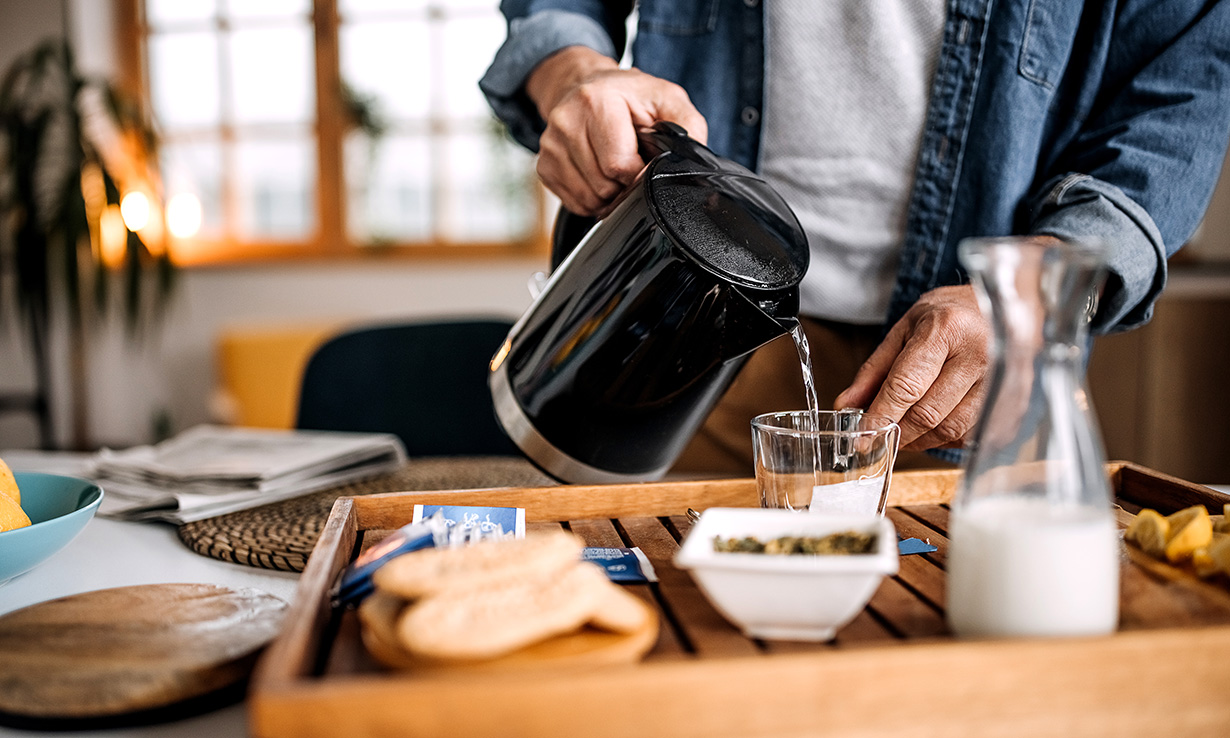

Kitchen Gadgets & Utensils
Why Does The Water In My New Kettle Taste Funny
Published: January 21, 2024
Discover the reasons behind the strange taste in your new kettle's water and learn how to improve its flavor with kitchen gadgets and utensils. Find solutions for better-tasting water!
(Many of the links in this article redirect to a specific reviewed product. Your purchase of these products through affiliate links helps to generate commission for Storables.com, at no extra cost. Learn more)
Introduction
Welcome to the world of kitchen gadgets and utensils, where every tool plays a crucial role in elevating our culinary experiences. Today, we're diving into the intriguing realm of kettles and unraveling the mystery behind that peculiar taste in the water from your new kettle. Picture this: you've just unboxed your shiny new kettle, eagerly anticipating that first perfectly brewed cup of tea or coffee. However, as you take that initial sip, you're met with an unexpected and unpleasant flavor. What could be causing this peculiar taste? Fear not, as we embark on a journey to uncover the reasons behind the odd taste of water from your new kettle.
Whether you're a tea aficionado, a coffee connoisseur, or simply someone who enjoys the convenience of hot water for various culinary endeavors, the taste of the water from your kettle can significantly impact your overall beverage or food experience. Join me as we explore the various factors that contribute to the taste of water from a new kettle, from the materials used in its construction to the influence of temperature and water quality. By the end of our adventure, you'll be equipped with valuable insights to enhance your kettle usage and savor every sip of perfectly brewed goodness. So, let's embark on this flavorful exploration and uncover the secrets behind the enigmatic taste of water from your new kettle.
Key Takeaways:
- Choose a kettle made of stainless steel or glass to avoid altering the taste of your water, ensuring a pure and unadulterated drinking experience.
- Keep your kettle clean and use filtered water to maintain the pristine taste of your beverages, enhancing your daily tea and coffee rituals.
Read more: Why Does My Ice Maker Ice Taste Funny
The Role of Materials in Water Taste
When it comes to the taste of water from a new kettle, the materials used in its construction play a pivotal role. Kettles are crafted from a variety of materials, each with its own unique characteristics that can subtly influence the flavor of the water they heat. Let’s delve into the impact of different materials on water taste:
- Stainless Steel: Kettles made from stainless steel are a popular choice due to their durability and sleek appearance. The non-reactive nature of stainless steel ensures that it does not impart any metallic taste to the water. Additionally, stainless steel kettles are resistant to rust and corrosion, contributing to the purity of the water they heat.
- Glass: Glass kettles offer a visually appealing way to monitor the water as it heats. The inert nature of glass ensures that it does not introduce any foreign flavors to the water, preserving its natural taste. Furthermore, glass kettles are easy to clean and maintain, preventing any residue buildup that could affect water flavor.
- Ceramic: Kettles crafted from ceramic exude a charming, rustic aesthetic while also contributing to the taste of the water. Ceramic, like glass, is non-reactive, meaning it does not alter the flavor of the water. Its heat retention properties also help maintain the water’s temperature, which can impact the brewing process for tea and coffee enthusiasts.
- Plastic: While plastic kettles are lightweight and often budget-friendly, the material can sometimes impart a subtle plastic taste to the water, especially when the kettle is new. However, with regular use and proper maintenance, this taste typically diminishes over time.
Understanding the influence of materials on water taste empowers us to make informed decisions when selecting a kettle that aligns with our preferences. By considering the material composition of a kettle, we can ensure that the water it produces maintains its pure, unadulterated taste, enhancing our overall drinking and culinary experiences.
The Impact of Temperature on Water Taste
Temperature plays a crucial role in shaping the taste of water, particularly when it comes to heating water in a kettle. The process of boiling water not only affects its physical properties but also influences its taste in subtle yet significant ways. Let’s explore the impact of temperature on water taste:
When water reaches its boiling point, the chemical composition of the water undergoes changes, leading to the release of dissolved gases and the evaporation of volatile compounds. This transformation can result in alterations to the taste and odor of the water. For instance, the concentration of certain minerals in the water may become more pronounced as the water evaporates, subtly influencing its flavor.
Furthermore, the temperature at which water is heated can impact the brewing process for tea and coffee. Different types of tea and coffee require specific water temperatures to extract their optimal flavors. Water that is too hot can result in a bitter or astringent taste, while water that is not hot enough may lead to under-extraction and a lack of depth in flavor.
Additionally, the material of the kettle and its insulation properties can affect the consistency of the water’s temperature. For instance, a well-insulated kettle can help maintain a consistent temperature, which is essential for achieving the perfect brew for various beverages.
Understanding the influence of temperature on water taste empowers us to make precise adjustments to our brewing process, ensuring that the water temperature complements the specific requirements of different teas, coffees, and other culinary endeavors. By mastering the art of temperature control, we can unlock the full potential of our favorite beverages and savor the nuanced flavors hidden within each sip.
To improve the taste of water in a new kettle, try boiling a mixture of water and vinegar, then rinse thoroughly with clean water. This can help remove any residual taste or odor from the new kettle.
The Influence of Water Quality on Taste
Water quality stands as a fundamental determinant of the taste and overall drinking experience derived from a kettle. The composition of the water used in the kettle can significantly impact its taste, as well as the flavors of beverages brewed with it. Let’s uncover the influence of water quality on taste:
Mineral Content: The mineral composition of water, including elements such as calcium, magnesium, and potassium, contributes to its taste profile. Water with higher mineral content may exhibit a subtly different taste compared to water with lower mineral levels. This distinction becomes particularly noticeable when brewing beverages that are sensitive to water composition, such as certain types of tea.
Chlorine and Impurities: The presence of chlorine and other impurities in water can impart off-flavors and odors, affecting the taste of the water as well as the beverages prepared with it. These compounds can introduce undesirable notes that detract from the purity and enjoyment of the drinking experience.
pH Balance: The pH level of water influences its taste, with acidic or alkaline water potentially altering the flavor of brewed beverages. Achieving the optimal pH balance in the water used for brewing is essential for preserving the intended flavors of teas and coffees.
Water Source: The source of the water, whether it is tap water, filtered water, or spring water, can also impact its taste. Different water sources may contain varying levels of minerals and impurities, leading to distinct taste profiles that ultimately influence the beverages prepared with them.
By understanding the impact of water quality on taste, we can take proactive measures to enhance the overall drinking experience. Utilizing filtered water or exploring alternative water sources can help mitigate the influence of impurities and optimize the flavor of the water and the beverages derived from it. Additionally, being mindful of the mineral content and pH balance of the water empowers us to fine-tune the brewing process, unlocking the full potential of our favorite teas, coffees, and other culinary creations.
The Importance of Regular Cleaning and Maintenance
Amidst the quest to decipher the peculiar taste of water from a new kettle, the significance of regular cleaning and maintenance emerges as a crucial aspect that directly impacts water taste. Over time, kettles can accumulate mineral deposits, limescale, and other residues that not only affect the kettle’s performance but also influence the taste of the water it produces. Let’s delve into the importance of regular cleaning and maintenance:
Preventing Residue Buildup: When water is heated in a kettle, especially in areas with hard water, mineral deposits and limescale can gradually accumulate on the interior surfaces. These residues can impart unwanted flavors and odors to the water, resulting in a noticeable alteration of its taste. Regular descaling and cleaning of the kettle help prevent the buildup of these residues, preserving the purity of the water and the beverages prepared with it.
Eliminating Bacterial Contamination: Neglected kettles can become breeding grounds for bacterial growth, particularly in areas where water stagnates or residue accumulates. These contaminants can compromise the taste and safety of the water, posing potential health risks. Regular cleaning and maintenance, including thorough drying after use, help eliminate bacterial contamination and maintain the kettle in optimal hygienic condition.
Enhancing Performance: In addition to preserving water taste, regular cleaning and maintenance contribute to the overall performance and longevity of the kettle. Removing limescale and mineral deposits ensures that the heating element functions efficiently, leading to faster boiling times and consistent water temperatures. This, in turn, positively impacts the taste and brewing process of beverages.
Prolonging Aesthetic Appeal: Beyond taste and performance, regular cleaning and maintenance help preserve the aesthetic appeal of the kettle. A well-maintained and limescale-free kettle not only enhances the visual appeal of the kitchen but also reflects a commitment to quality and hygiene.
By prioritizing regular cleaning and maintenance, we can safeguard the taste, safety, and performance of our kettles, ensuring that the water they produce maintains its pristine flavor and purity. Embracing these practices elevates our overall drinking and culinary experiences, allowing us to savor every sip with confidence and delight.
Read more: Why Is My Kettle Leaking Water
Conclusion
As we conclude our exploration into the enigmatic taste of water from a new kettle, we’ve uncovered a myriad of factors that contribute to this intriguing phenomenon. From the role of materials in influencing water taste to the impact of temperature, water quality, and the importance of regular cleaning and maintenance, our journey has shed light on the complexities that shape our drinking and culinary experiences.
Understanding the nuances of kettle materials has empowered us to make informed choices, ensuring that the water produced maintains its purity and natural taste. We’ve also delved into the profound influence of temperature on water taste, recognizing the pivotal role it plays in the brewing process of various beverages.
Exploring the impact of water quality has highlighted the significance of selecting and treating water to preserve its pristine taste, ultimately enhancing the flavors of the beverages we enjoy. Additionally, we’ve emphasized the critical importance of regular cleaning and maintenance, recognizing its role in safeguarding water taste, safety, and the overall performance of kettles.
Armed with this knowledge, we are poised to embark on a journey of flavorful discoveries, where every sip of tea, coffee, or culinary creation is a testament to the meticulous care we invest in our kettles. By harnessing the insights gained from our exploration, we can elevate our drinking and culinary experiences, savoring the pure, unadulterated taste of water from our kettles with every delightful sip.
As we bid adieu to our flavorful expedition, let’s carry forth this newfound understanding, enriching our daily rituals and culinary endeavors with the essence of pure, perfectly brewed water. Cheers to the tantalizing flavors that await us, courtesy of our impeccably crafted kettles.
Frequently Asked Questions about Why Does The Water In My New Kettle Taste Funny
Was this page helpful?
At Storables.com, we guarantee accurate and reliable information. Our content, validated by Expert Board Contributors, is crafted following stringent Editorial Policies. We're committed to providing you with well-researched, expert-backed insights for all your informational needs.
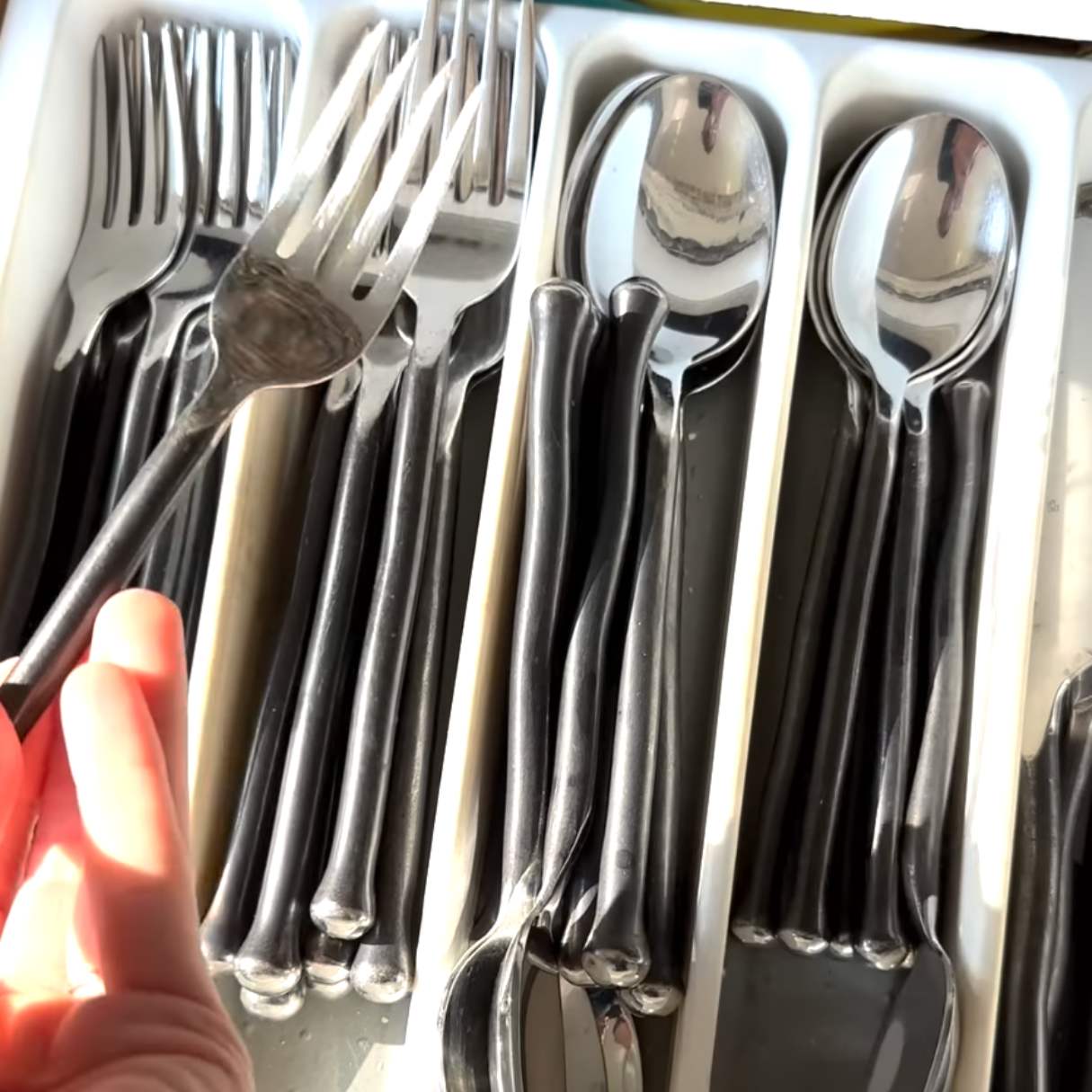
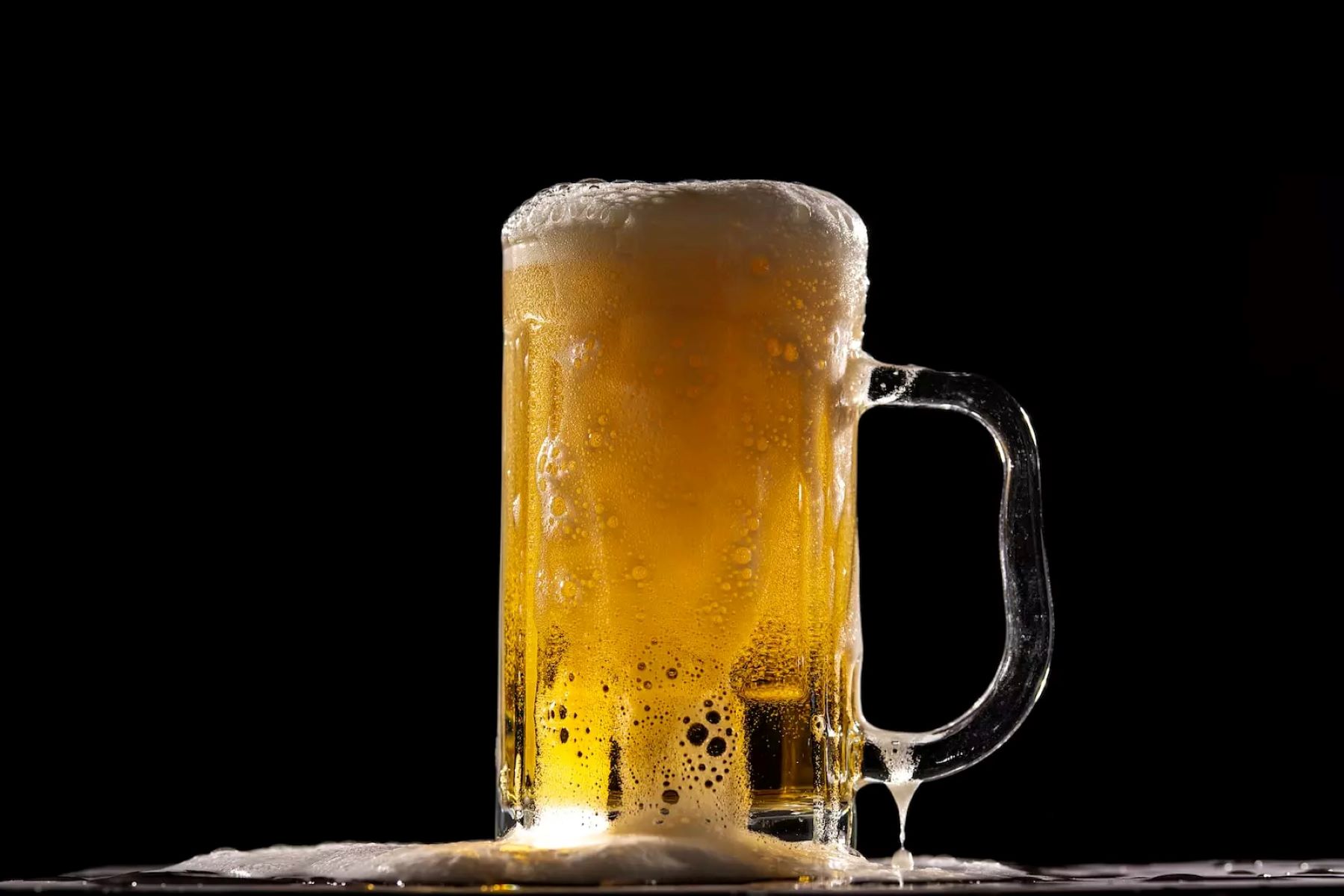

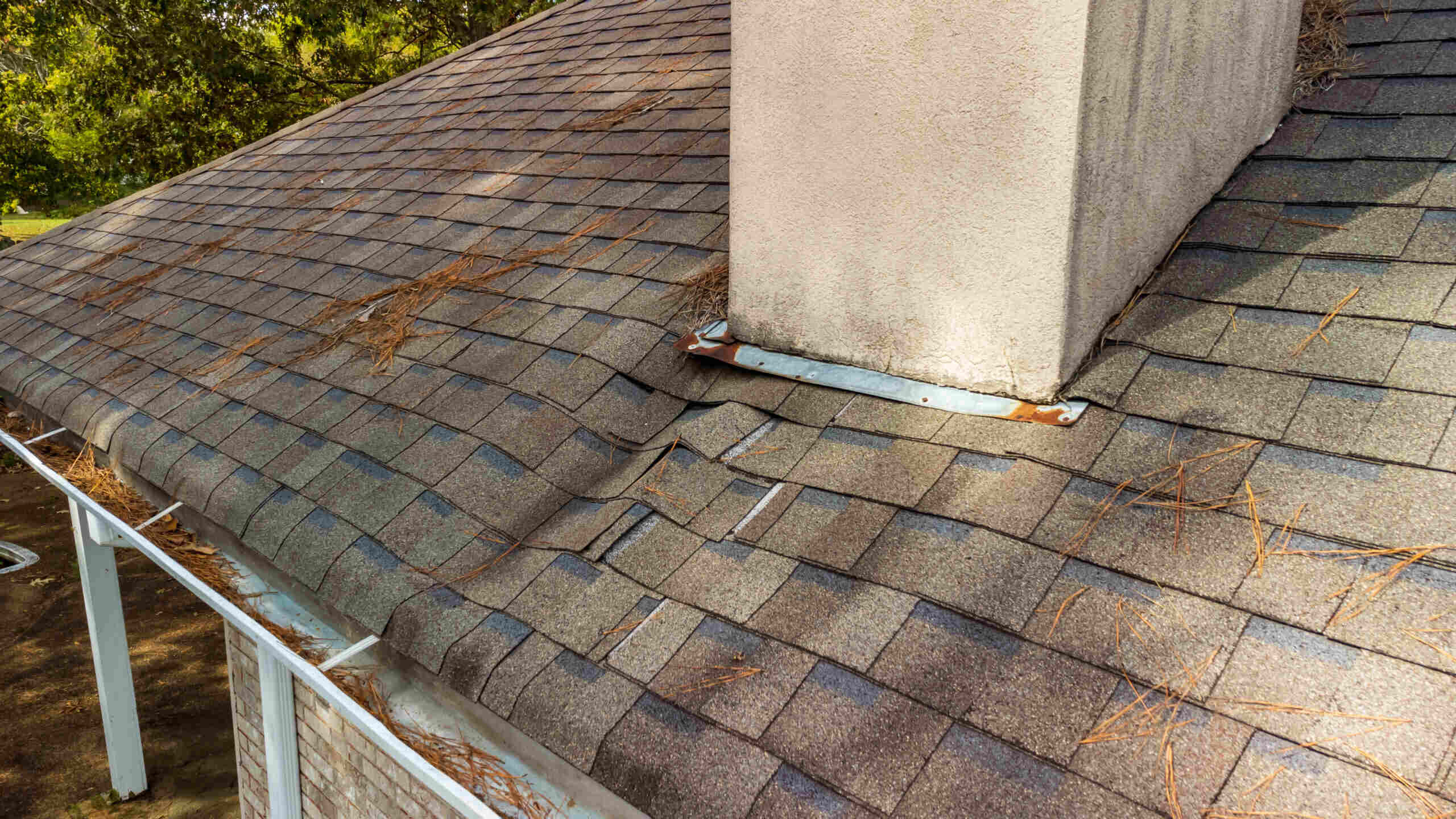

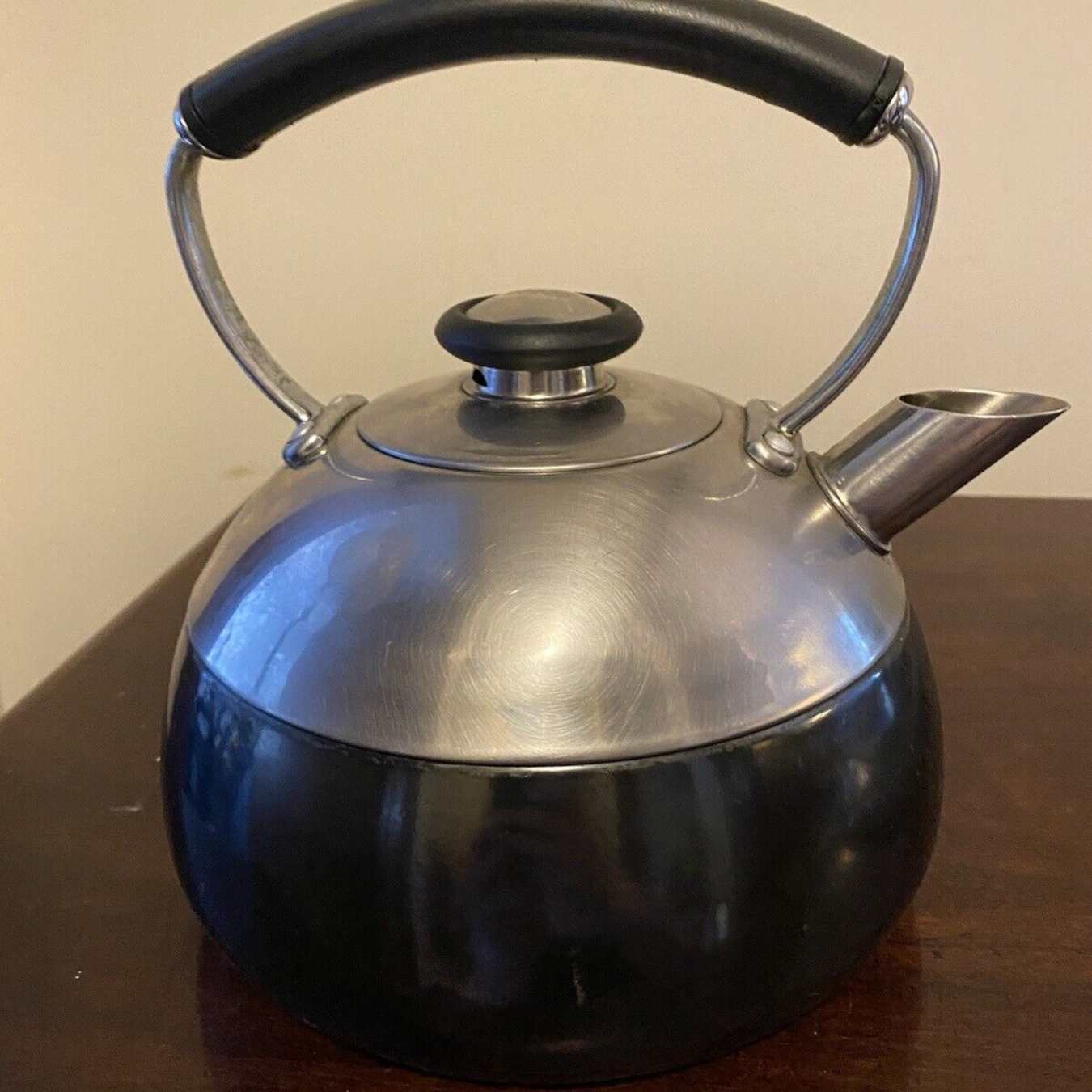


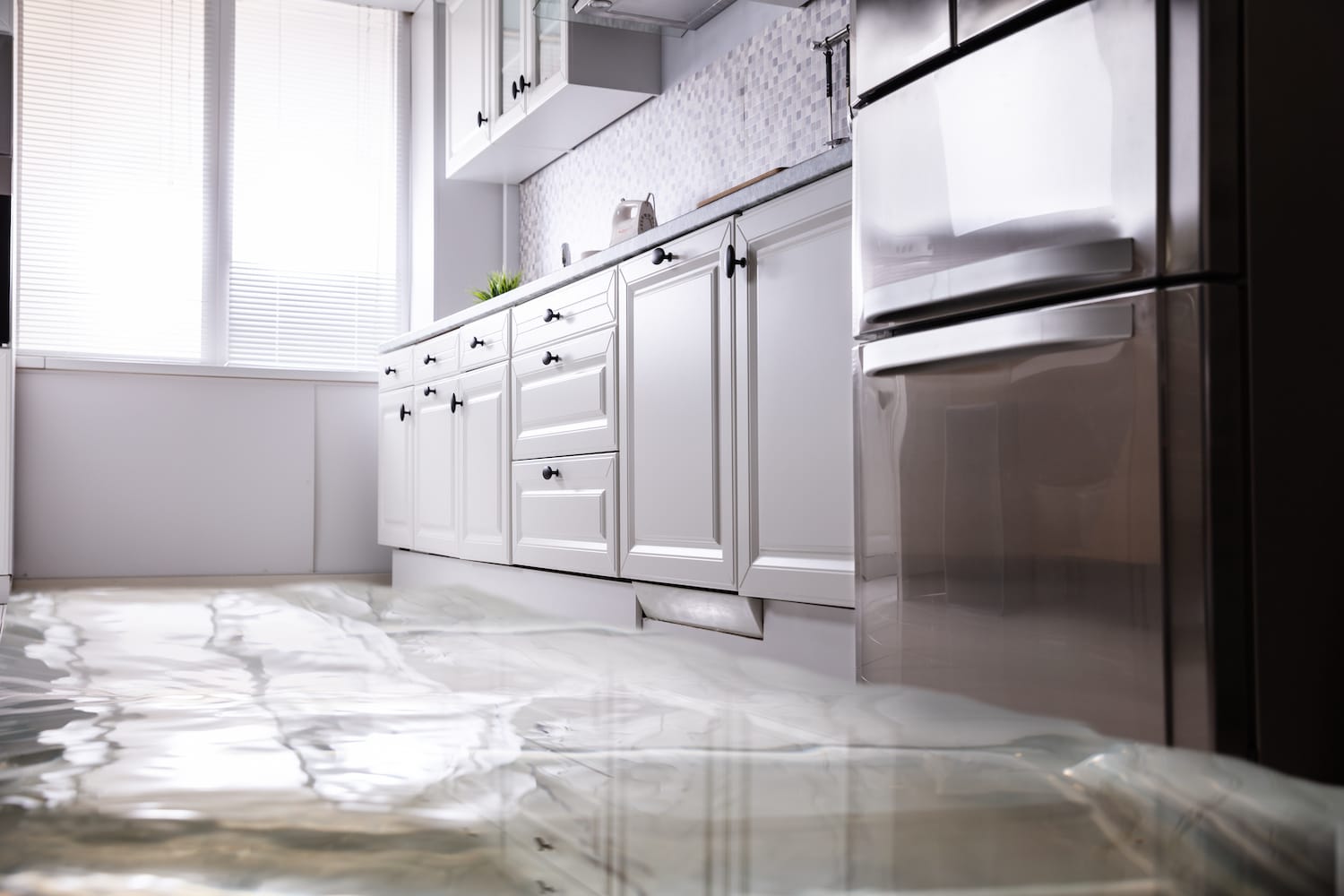
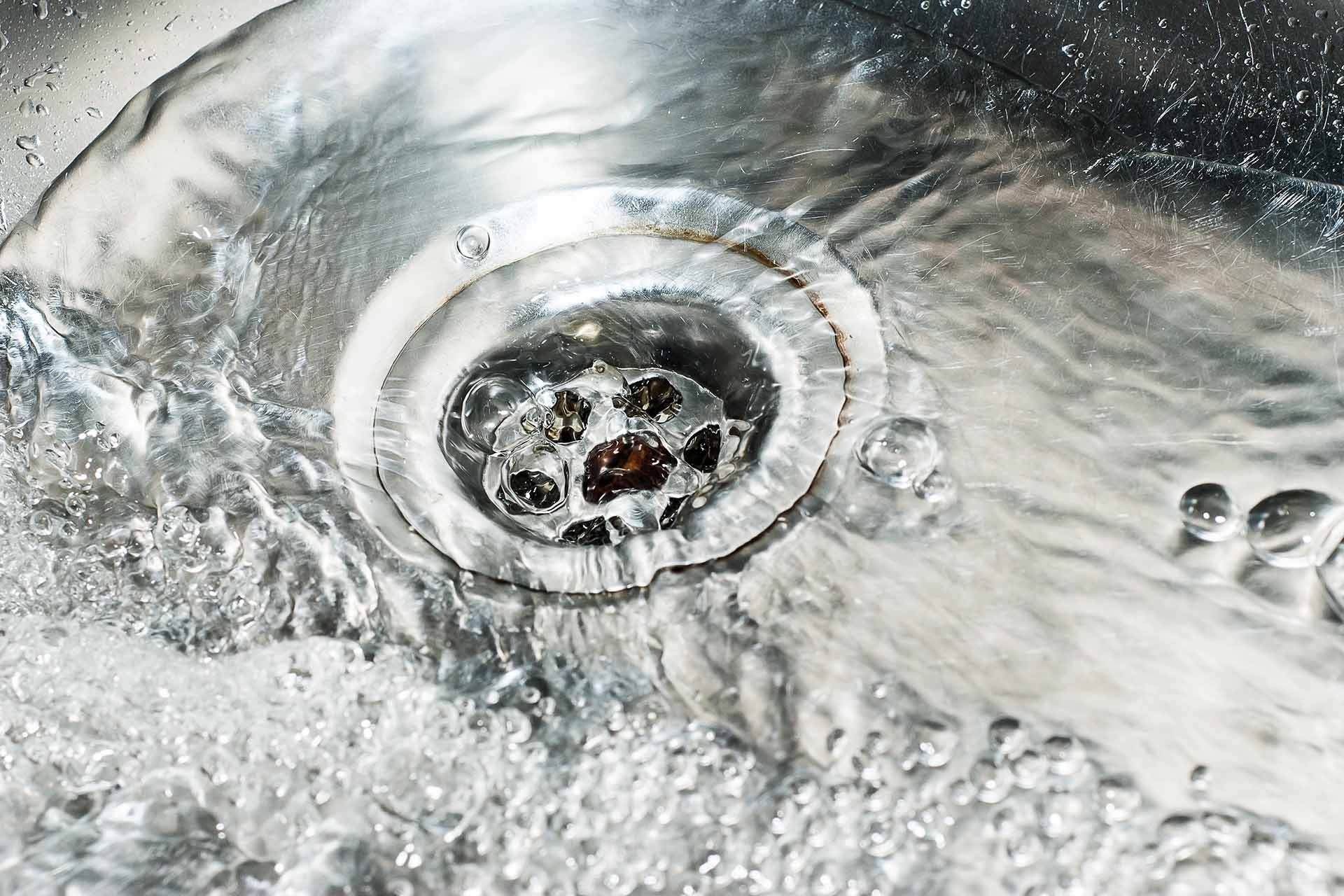
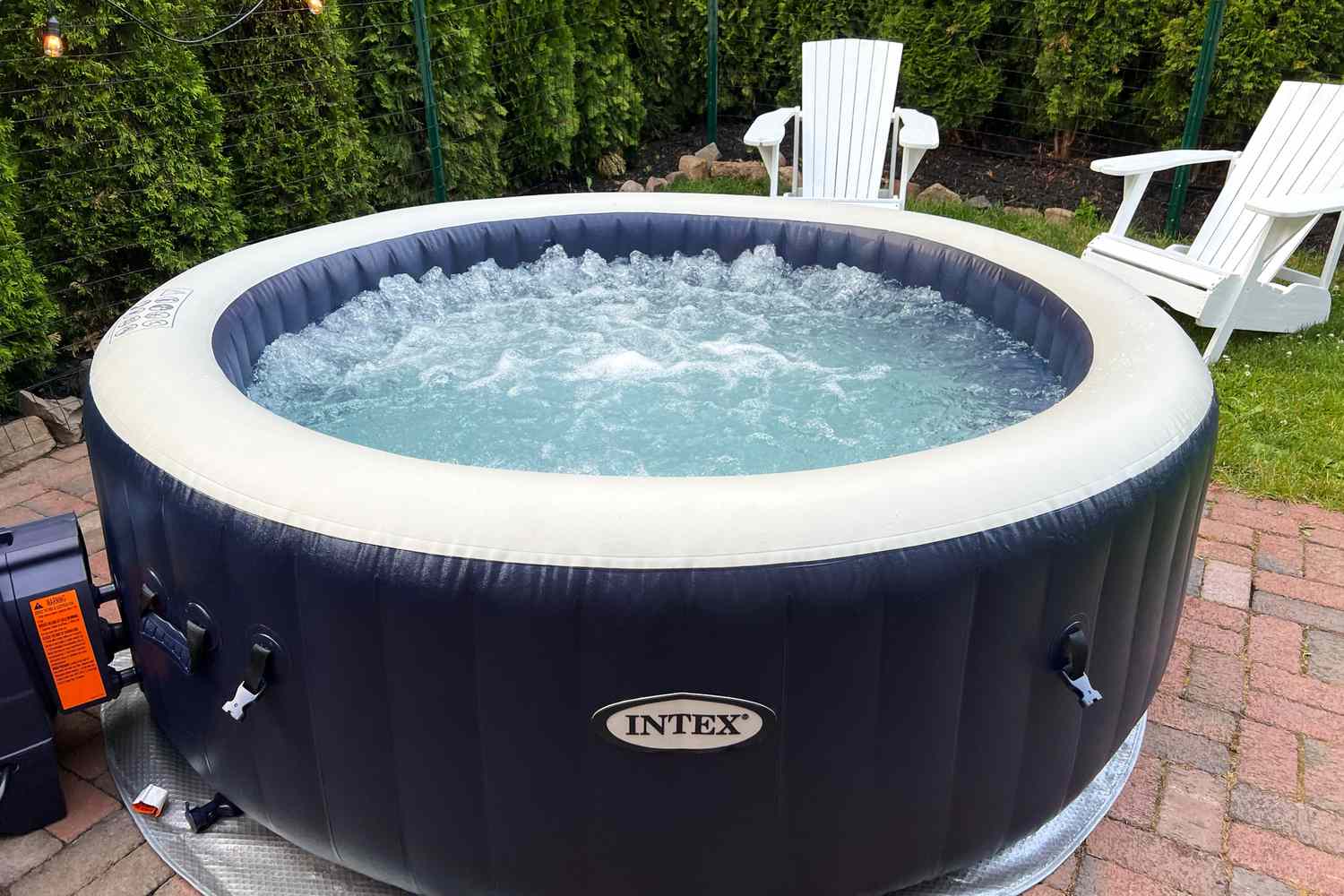
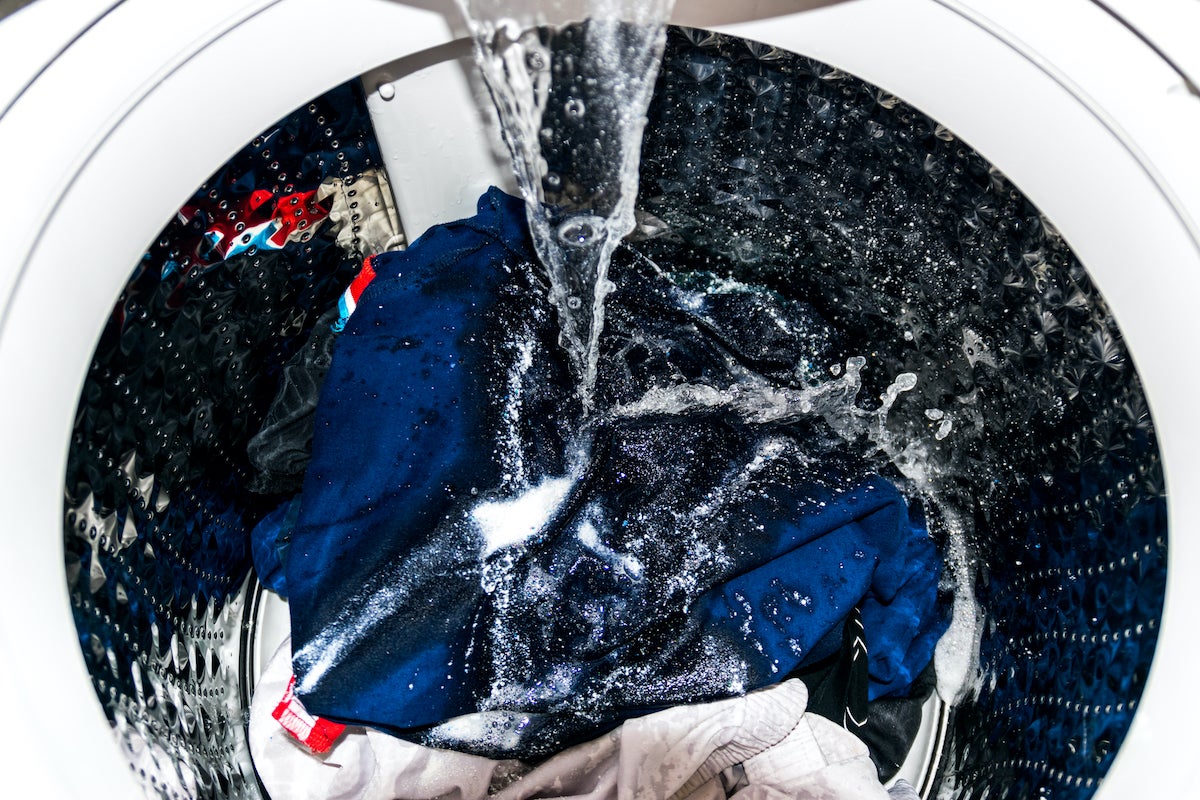
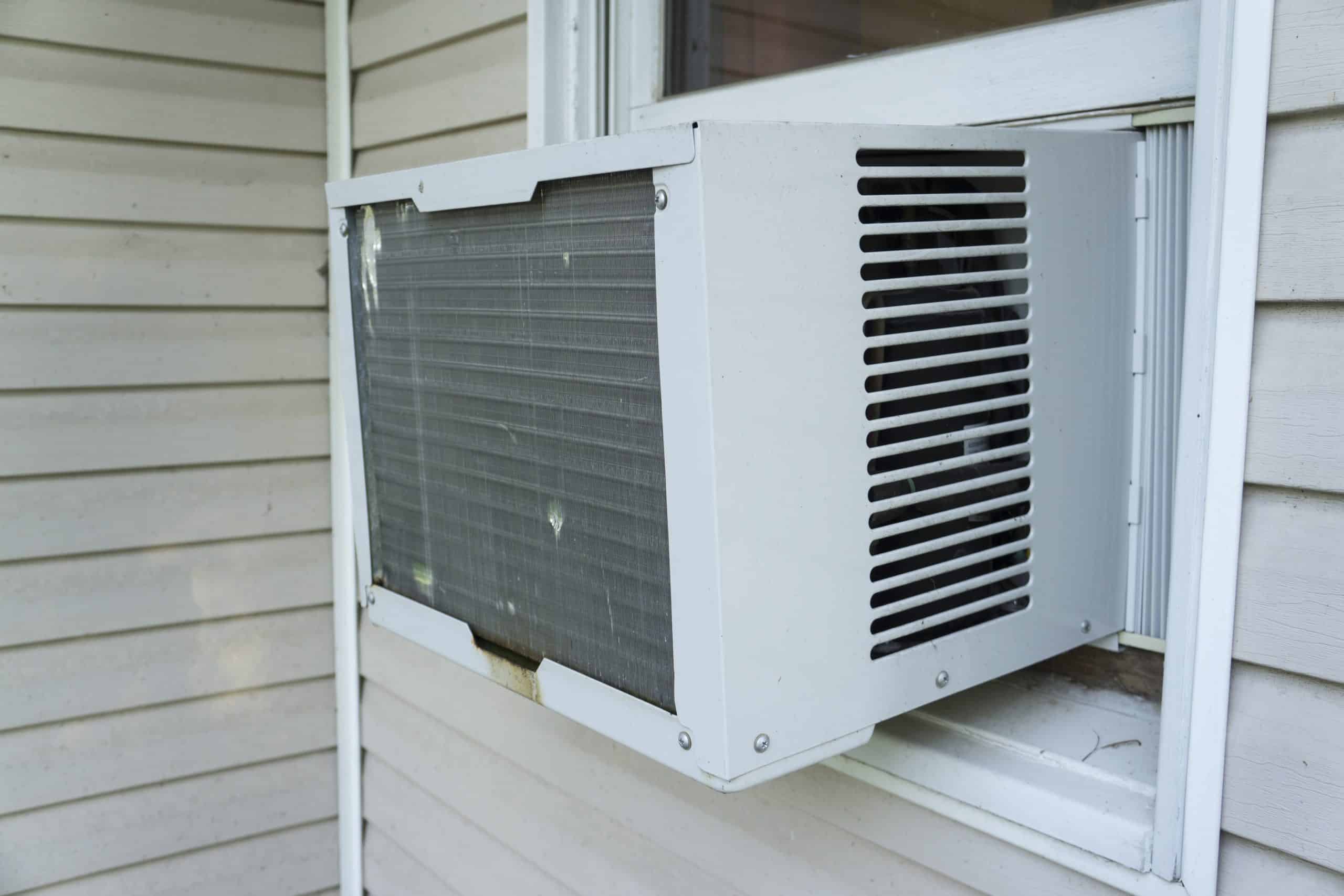
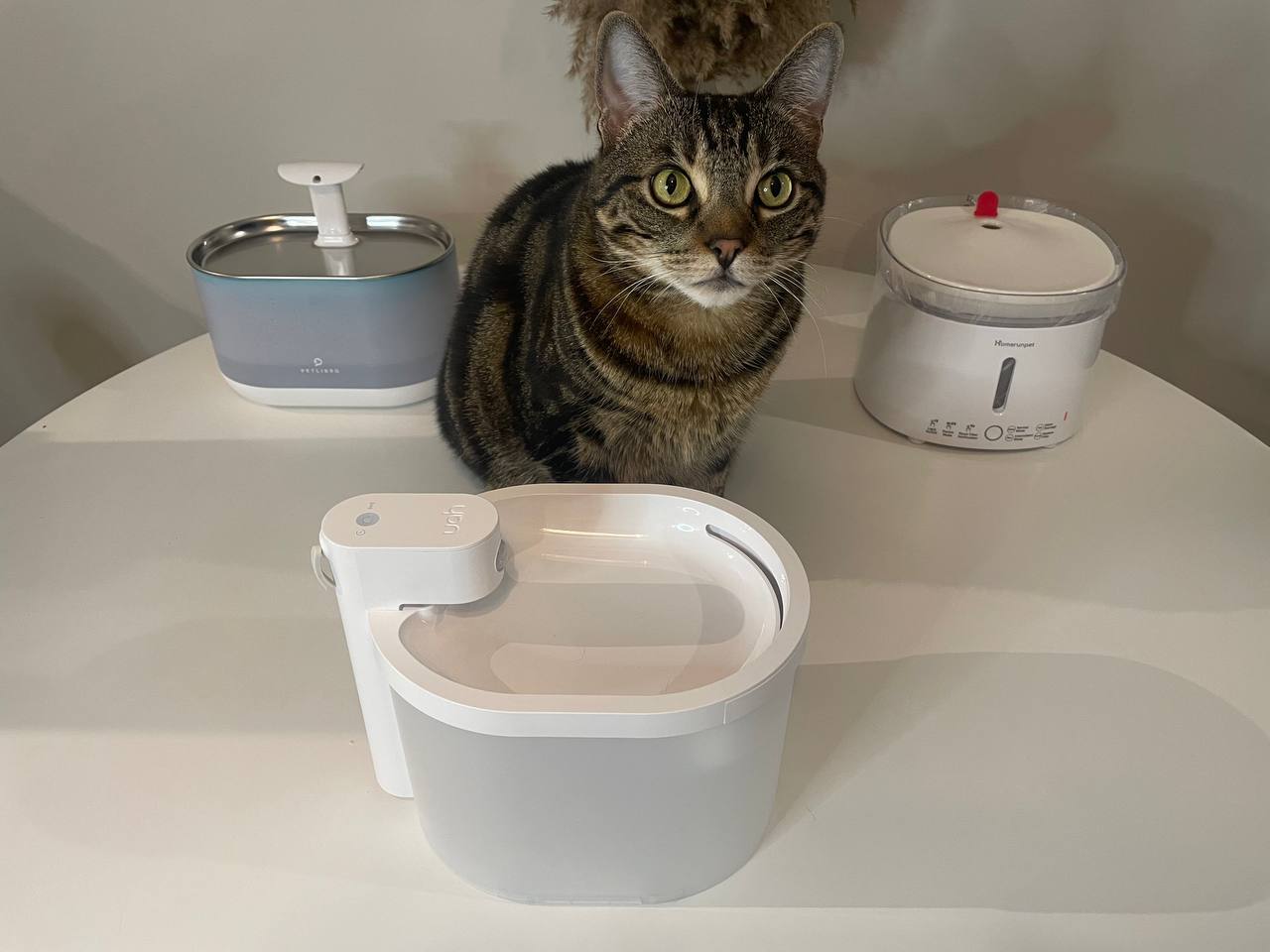

0 thoughts on “Why Does The Water In My New Kettle Taste Funny”